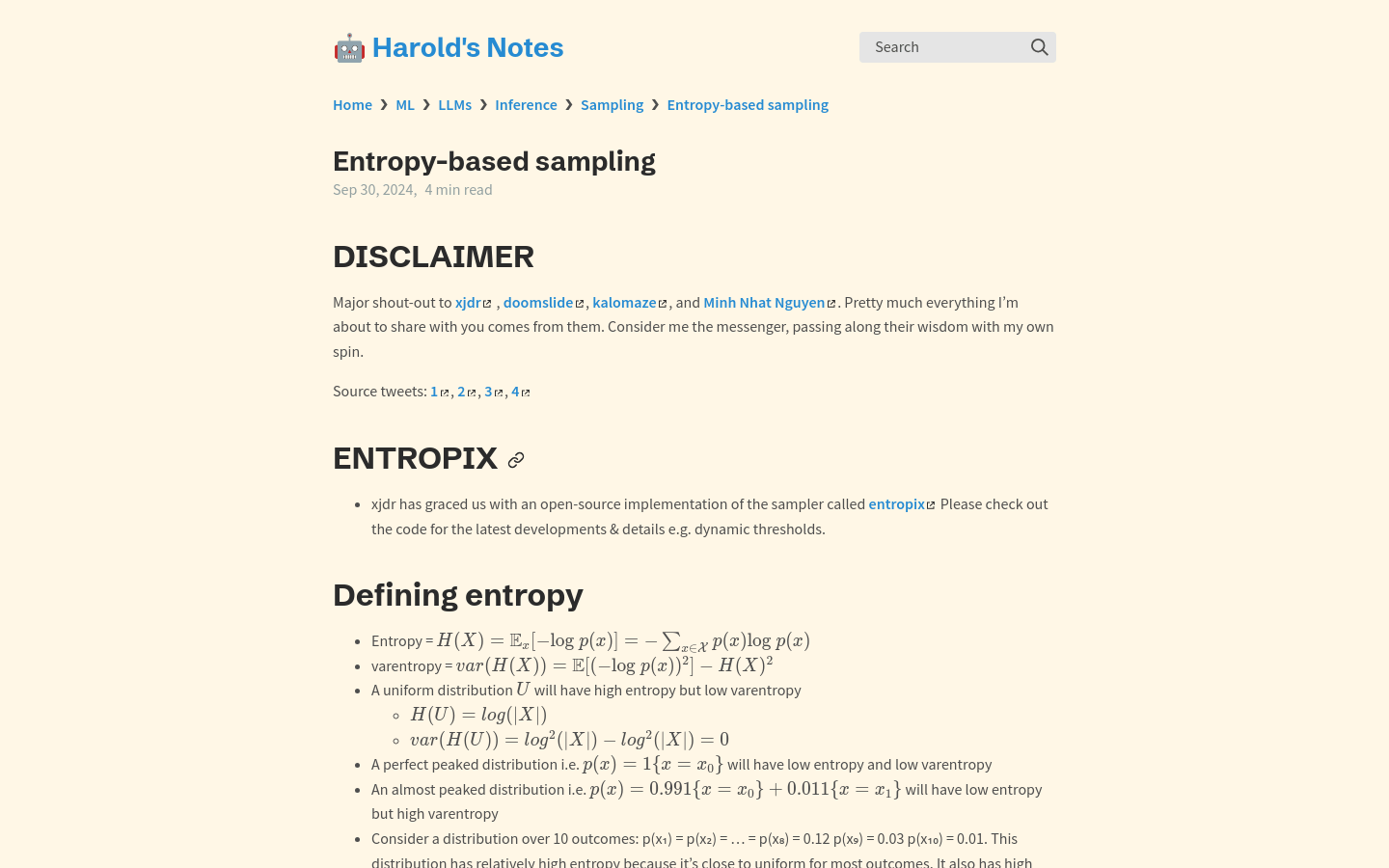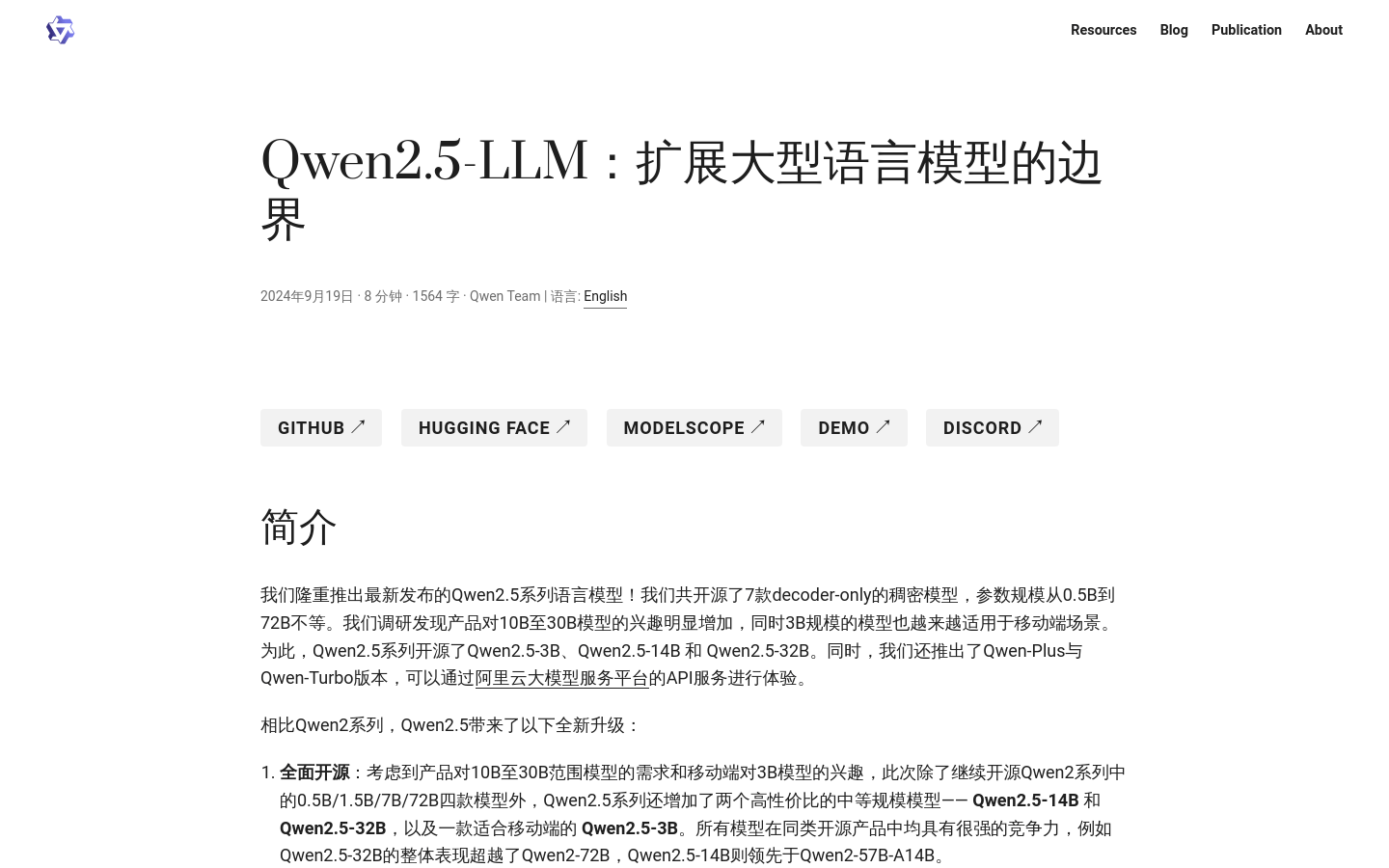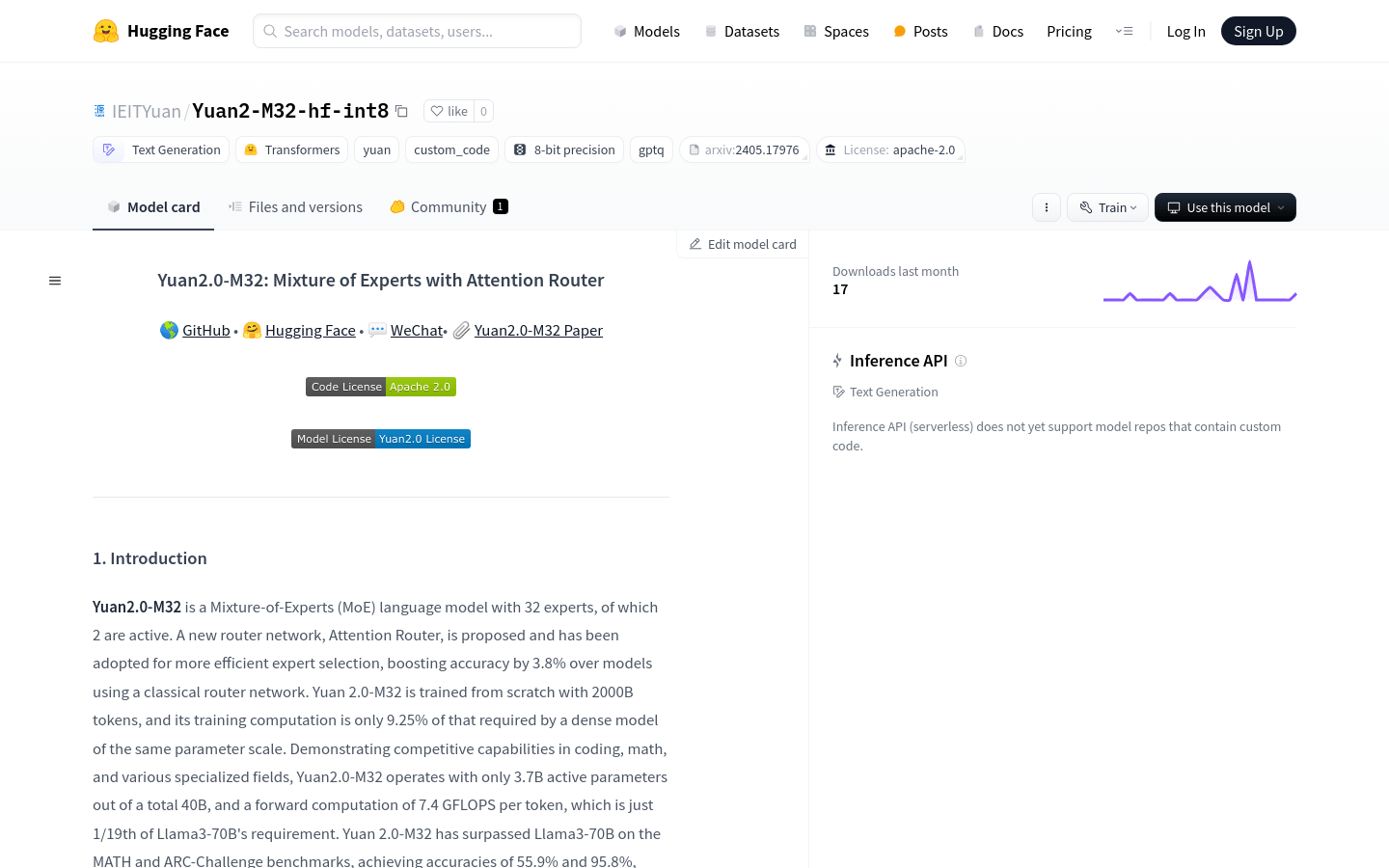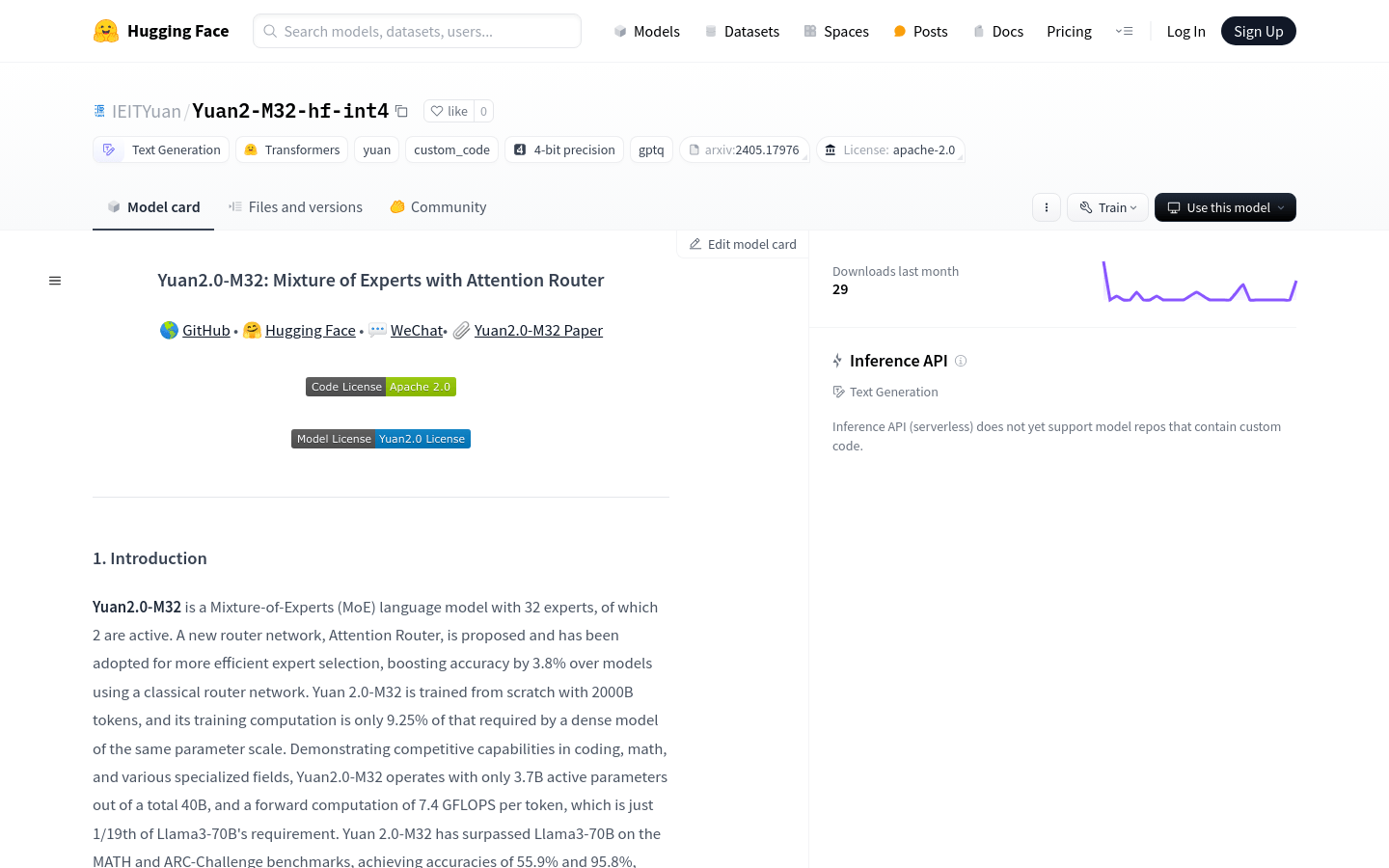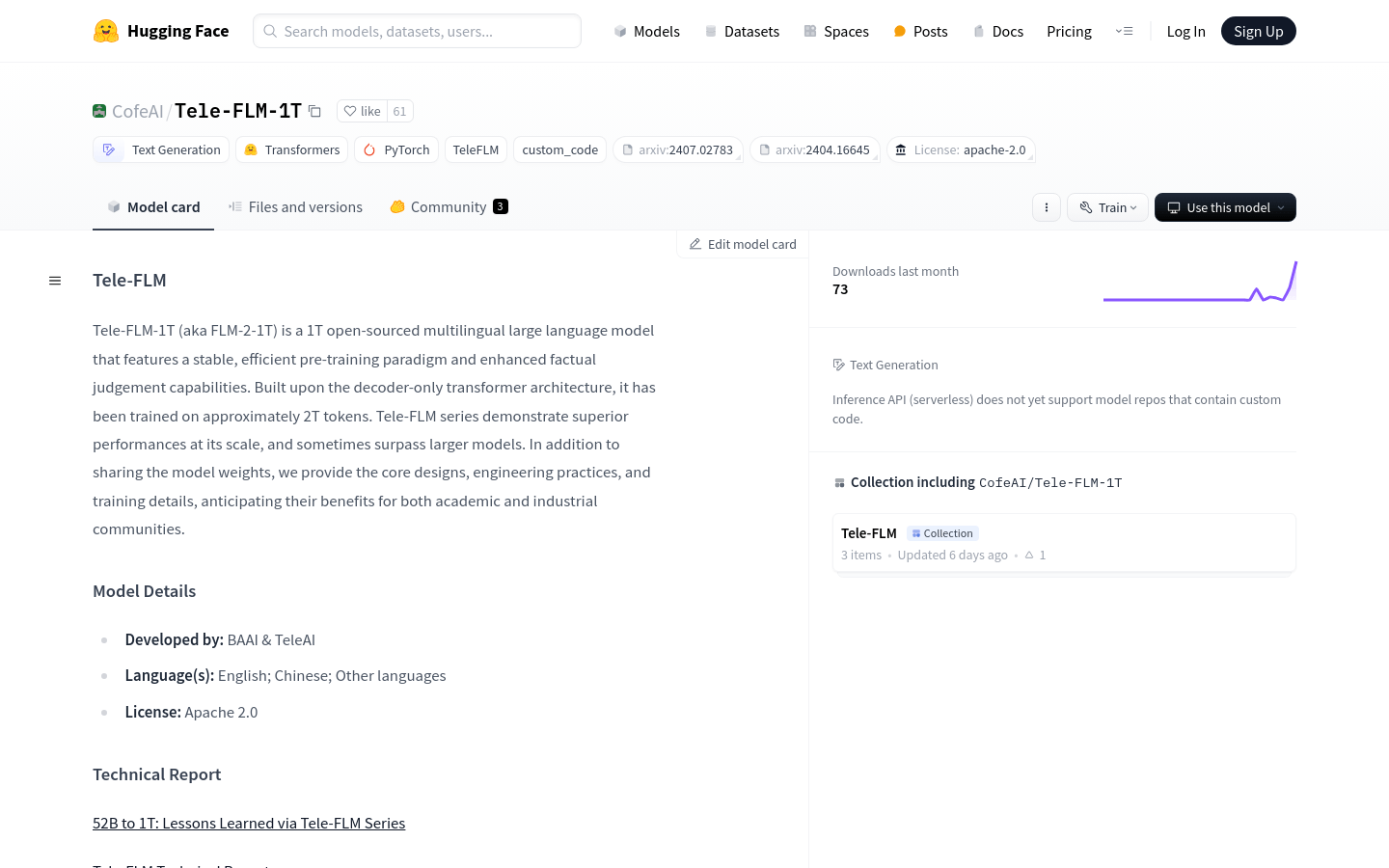💻
programming Category
AI language model
Found 28 AI tools
28
tools
Primary Category: programming
Subcategory: AI language model
Found 28 matching tools
Related AI Tools
Click any tool to view details
Related Subcategories
Explore other subcategories under programming Other Categories
💻
Explore More programming Tools
AI language model Hot programming is a popular subcategory under 28 quality AI tools
